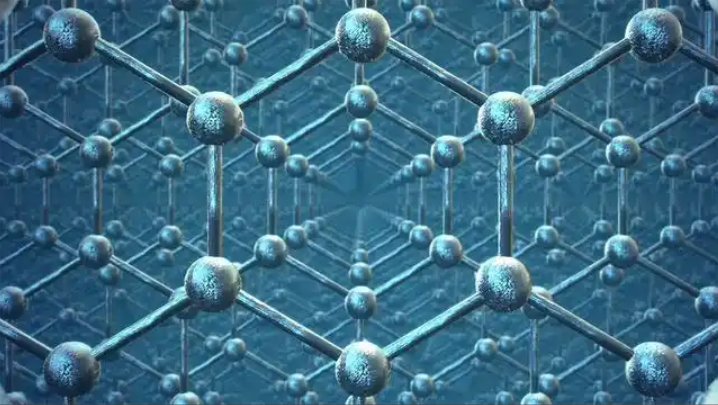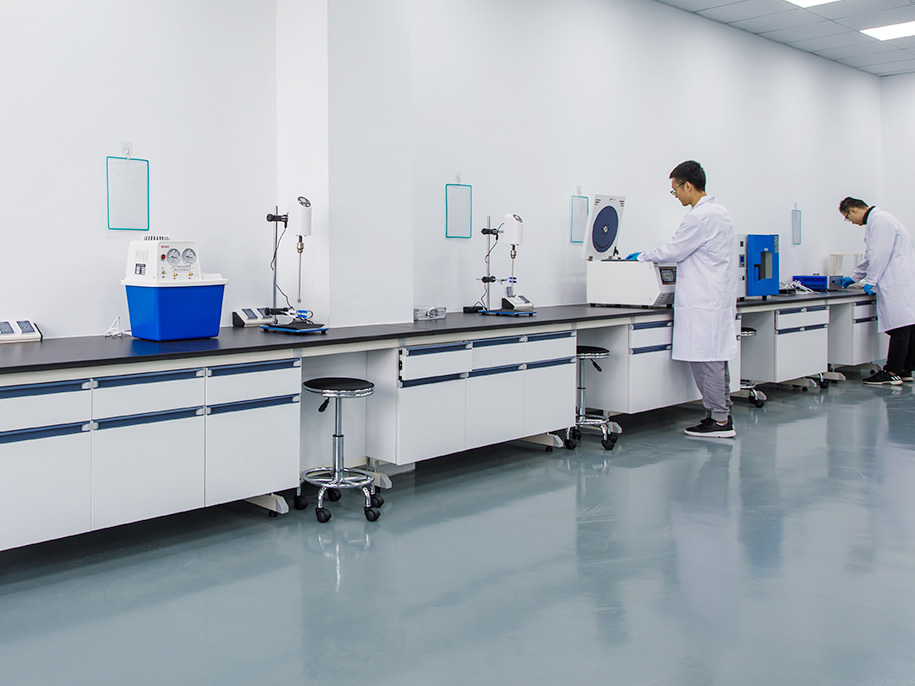High-Purity Graphite in Advanced Manufacturing: From Lithium Batteries to Lubricants
Introduction
Graphite—one of the most structurally unique forms of carbon—is playing a critical role in advanced industries, particularly in battery technology, metallurgy, lubricants, and electronics. As the demand for high-tech products and electric vehicles (EVs) soars, so does the need for high-purity graphite with tailored properties.

This article highlights the importance of synthetic and natural high-purity graphite, focusing on their properties, production processes, and expanding application fields.
1. What is High-Purity Graphite?
Defined by carbon content above 99.9%, high-purity graphite is used when electrical conductivity, thermal resistance, and chemical purity are essential. It comes in two primary forms:
-
Natural Graphite: Mined from the earth, then purified
-
Synthetic Graphite: Created from petroleum coke via high-temperature treatment (graphitization at >2500°C)
Each type has different characteristics suitable for specific end uses.
2. Graphite in Lithium-Ion Battery Anodes
Graphite is the dominant anode material in lithium-ion batteries (LIBs), accounting for over 90% of all anodes globally.
Key Traits:
-
High lithium intercalation capacity (372 mAh/g)
-
Long cycle life and thermal stability
-
Cost-effective compared to silicon or metal anodes
Natural vs. Synthetic Graphite:
| Feature | Natural Graphite | Synthetic Graphite |
|---|---|---|
| Source | Mined | Petroleum-based |
| Cost | Lower | Higher |
| Purity (after treatment) | Up to 99.95% | 99.99%+ |
| Conductivity | Moderate | Very High |
| Structure | Flaky | Spherical, isotropic |
Synthetic graphite offers better performance for EV-grade cells, while natural graphite is favored in consumer electronics and LFP batteries.
3. Graphite in Industrial Lubricants and Coatings
Graphite is a powerful solid lubricant used in:
-
Forging and die casting lubricants
-
High-temperature grease additives
-
Dry film coatings for aerospace and defense components
Key advantages:
-
Withstands temperatures over 400°C in air, up to 3000°C in inert atmospheres
-
Chemically stable, non-corrosive
-
Minimizes wear and friction on metal surfaces
High-purity graphite is essential to avoid residue buildup or contamination during extreme operations.
4. Other Emerging Applications
a. Graphite Crucibles and Refractories
Used in the steel, aluminum, and glass industries for:
-
High-temperature melting
-
Corrosion-resistant linings
-
Energy-efficient casting processes
Synthetic graphite’s thermal shock resistance makes it ideal for precision metallurgy.
b. Fuel Cells and Supercapacitors
Graphite is used in:
-
Bipolar plates of proton exchange membrane fuel cells (PEMFCs)
-
Conductive layers in hybrid capacitors
Its conductivity and durability enable long-lasting energy systems.
c. Semiconductor Wafer Handling
Graphite tooling is used in:
-
SiC wafer growth systems
-
Etching chamber parts for plasma environments
Its chemical inertness and thermal uniformity are unmatched.
5. Global Market and Outlook
According to Benchmark Mineral Intelligence, the demand for battery-grade graphite is projected to grow 10-fold by 2035, driven by:
-
EV production targets
-
Grid-scale energy storage
-
Asia-centric supply chains (China, South Korea, Japan)
Challenges remain in:
-
Purification costs for natural graphite
-
Energy consumption of synthetic graphite production
-
Environmental compliance in mining and refining
Opportunities lie in sustainable extraction, recycling, and low-CO₂ synthetic production methods.
Conclusion
From powering EV batteries to lubricating heavy industry, high-purity graphite is a cornerstone of modern innovation. As markets evolve, graphite will remain essential in the race toward cleaner energy, faster electronics, and more efficient manufacturing.

